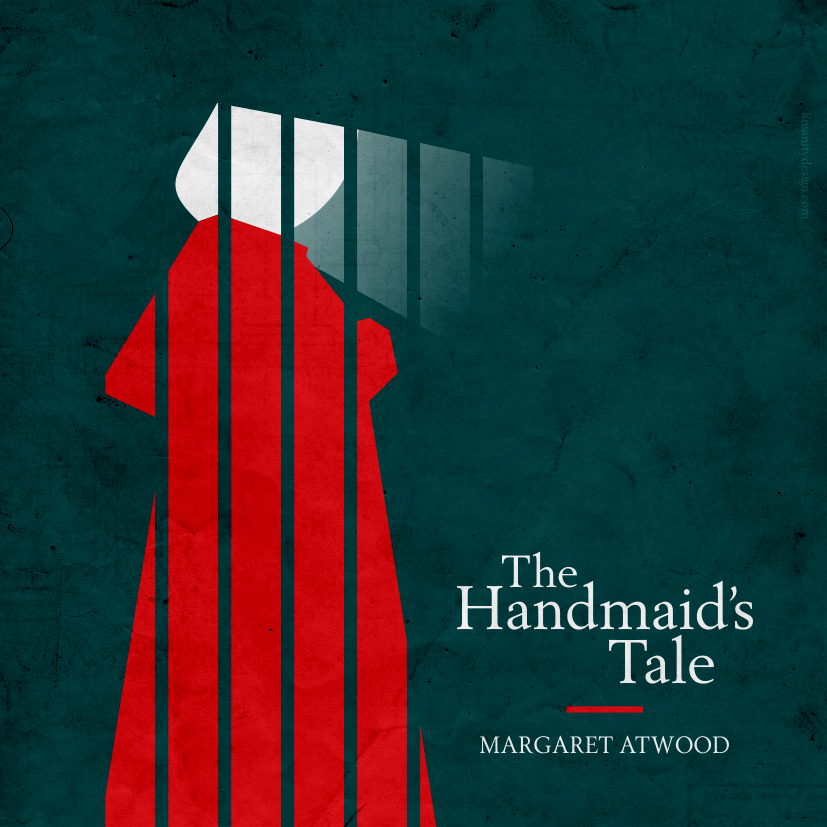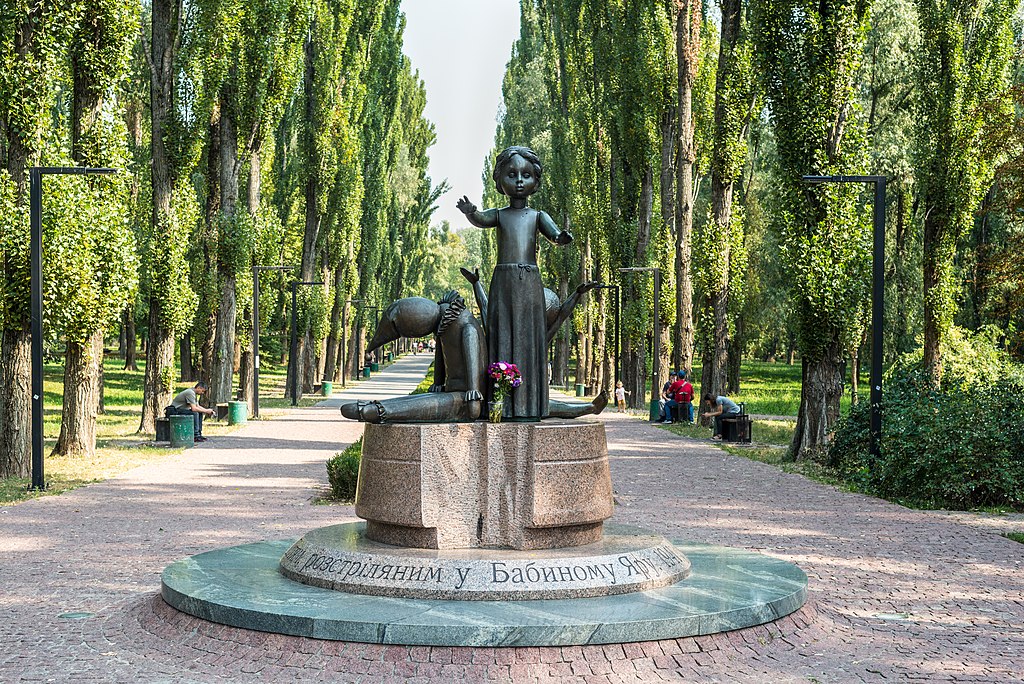The latest Wikileaks data dump may shed light on the US and UK militaries’ true relationship with the aid agencies on which they’ve come to depend on, to try and win the ‘hearts and minds’ of the Afghan populace.
The counterinsurgency (COIN) strategy beloved by US field commander David Petraeus relies to no small part on this aid, channelled through so-called Provincial Reconstruction Teams (PRTs) jointly run by civilian & military teams across the country.
But this dependence has some worried about the “militarization” of aid, with NGOs like CARE International and Oxfam International arguing that aid is being directed to parts of the country where the fighting is most intense and COIN tactics most entrenched.
US and British forces deny the linkage is damaging, claiming that partnership with the military is the quid pro pro for aid groups that need security to deliver aid securely, a claim disputed by many journalists and aid workers alike.
The truth will out in the reports shared between soldiers and diplomats uploaded to Wikileaks. Undeniably though, the military latter regard aid work as gateway to a rich source of intelligence.
Desperate as local military intelligence teams are for any intel at all, they are also under pressure to be seen to be delivering it – sourced – to their commanders.
Contributors to the content of the leaked diplomatic cables may attribute information to NGOs but contextualise it as information given directly or exclusively to them, or just presented as intelligence. The result may be that aid workers may be made to look to be closer to the military than they are.
For some, embarrassingly, there may be allegations of corruption or incompetence raised as part of the “everyday analysis and candid assessments” that the cables are supposed to facilitate, that taken out of context may cause problems for some NGOs.




